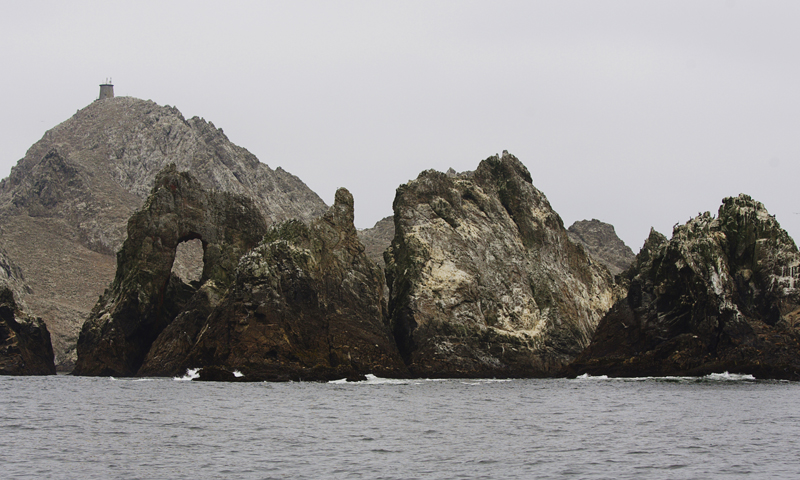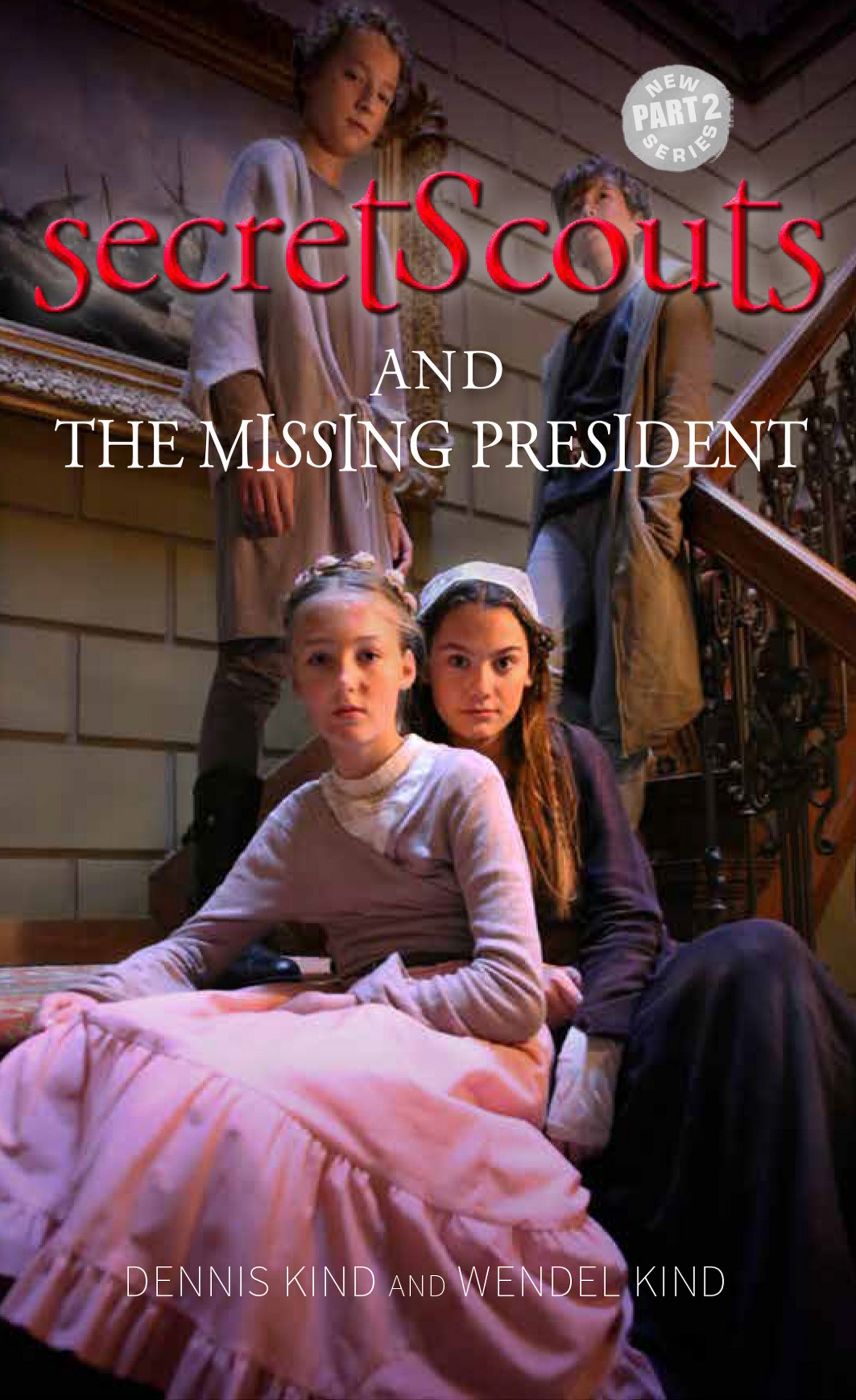
Secret Scouts and The Missing President
After narrowly surviving their adventure with Leonardo da Vinci, Tom, Lisa, Sophie and Jack receive a mysterious message from a world-famous genius. Spurred on by his enthusiasm, they decide to visit him in his garage in 1976, where he tells them about 2217, a machine from the future.
When they return to their own time they are shocked to learn that the past has changed. President Obama has been completely erased from history! In a frantic search for answers they find a mind-blowing clue in a five-hundred-year-old painting in Amsterdam’s Rijksmuseum!
Determined to set history straight and find the president, the friends travel to the German city of Aachen in the 16th century, where they are witness to the event of the decade: the coronation of Charles V. Making their way through the crowded city they experience at first hand how danger can lurk around every corner.
Finding the young Obama in the Middle Ages is one thing, getting out alive is another thing altogether. Not to mention their search for the 2217 that compels them to fly a hot air balloon all by themselves to the dangerous islands off the coast of California known as ‘The Devil’s Teeth’.
things you should know
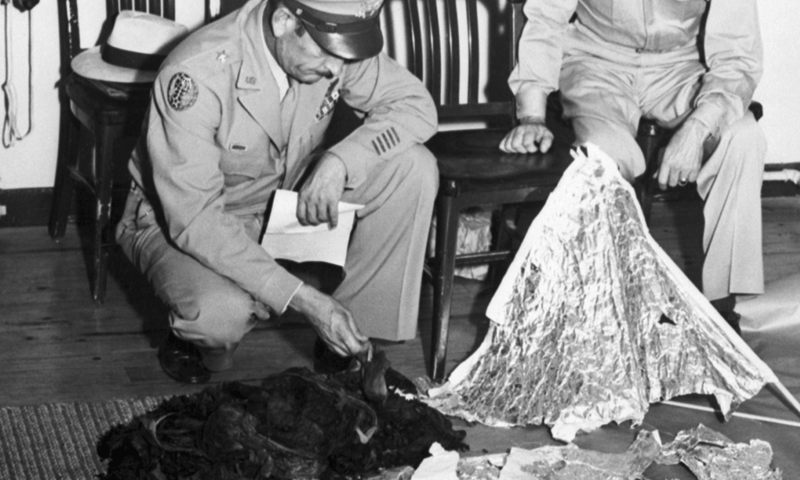
THE ROSWELL INCIDENT
In July 1947 a strange incident in the American city of Roswell instantly became world news. Eyewitnesses claimed to have seen the crashing of a UFO.
A day later the American Army confirmed that a UFO had indeed crashed in Roswell. The claim, however, was soon refuted by a higher authority, instead stating that it was a weather balloon that had crashed. Later still, this claim was refuted as well. The crashed object was said to be a secret spy balloon. Today the stories about what happened in Roswell continue to vary wildly. The mysterious crash remains the most famous UFO incident in history.
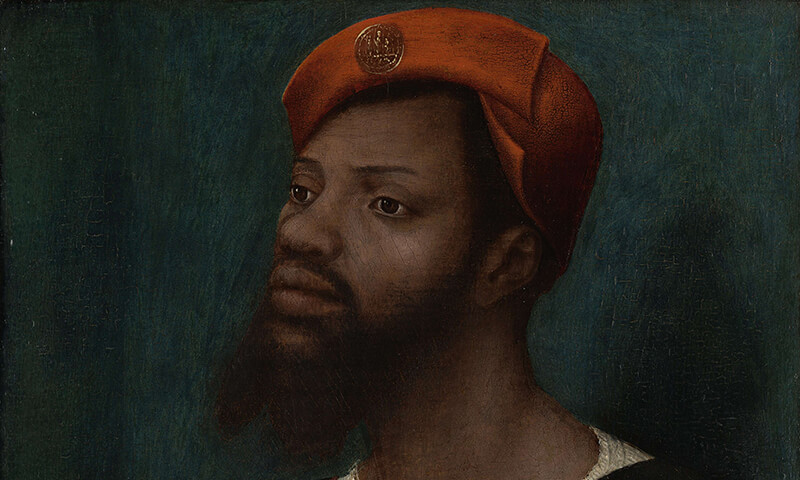
Portrait of an African Man
Hanging in Amsterdam’s Rijksmuseum is a small mysterious painting called Portrait of an African Man. It is the only known portrait of a black man dating from the Renaissance. This is both unusual and unique, because during the Renaissance black men were only ever depicted as slaves. A portrait was considered a sign of respect, begging the question: who was this man?
The only thing known about him is his name, Çhristophle le More, and the fact that he was present at the coronation of Charles V in Aachen. After the coronation all traces of him disappear, as if he had simply vanished into thin air.
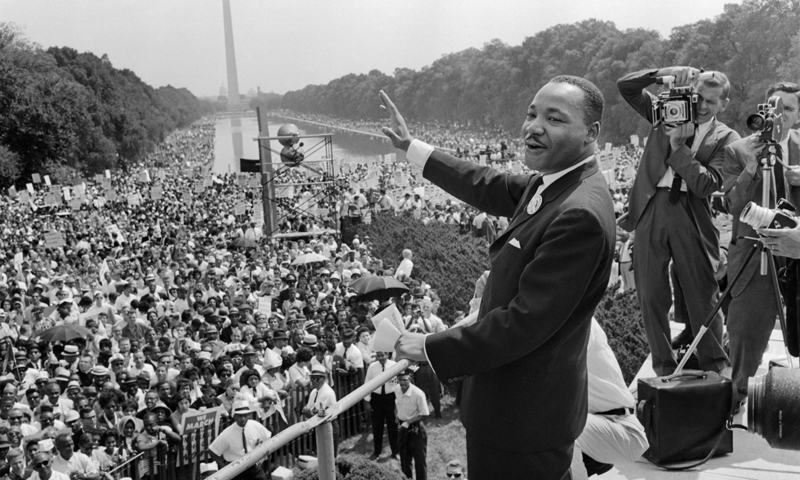
I HAVE A DREAM
